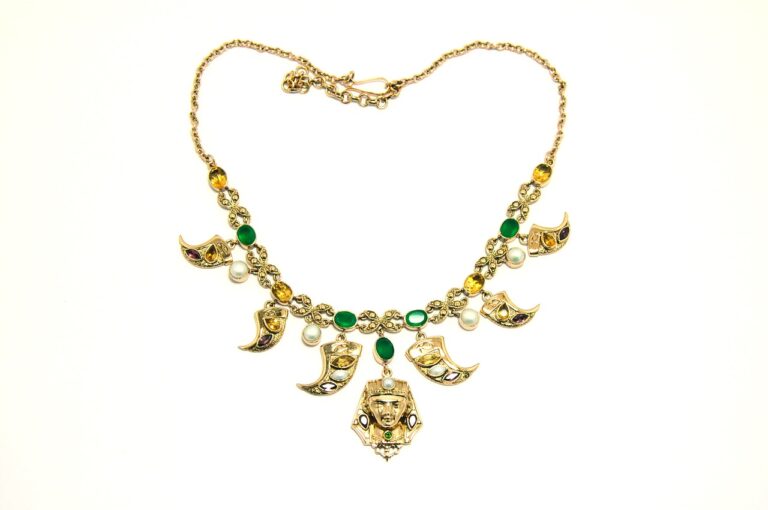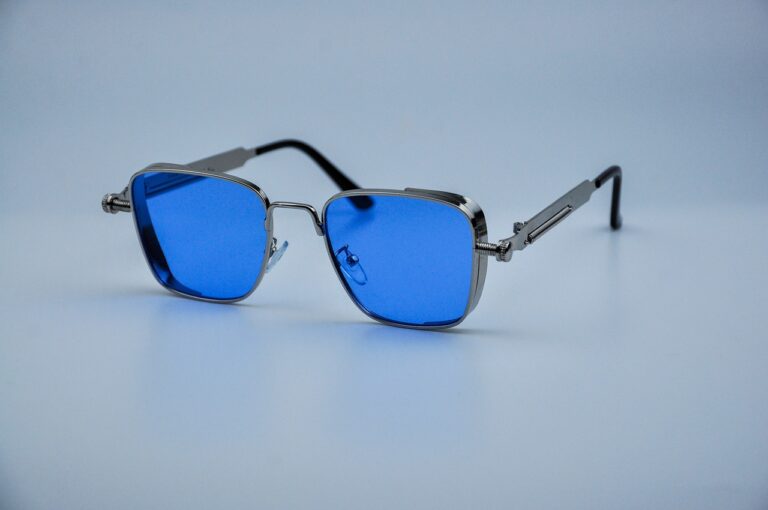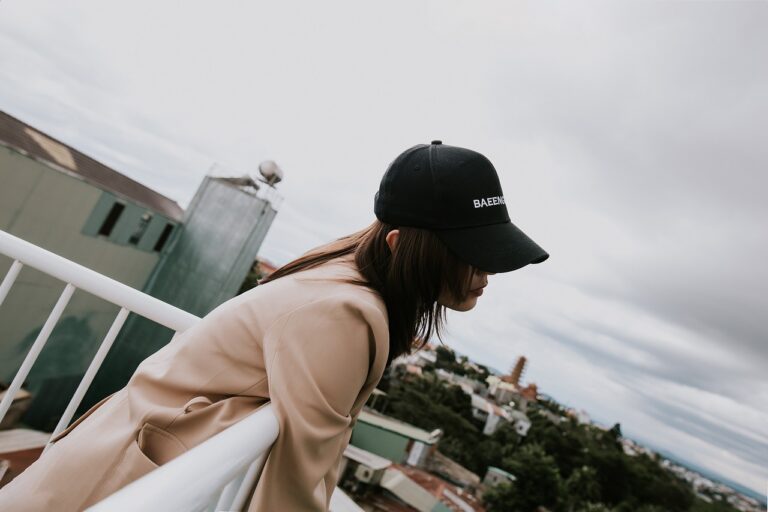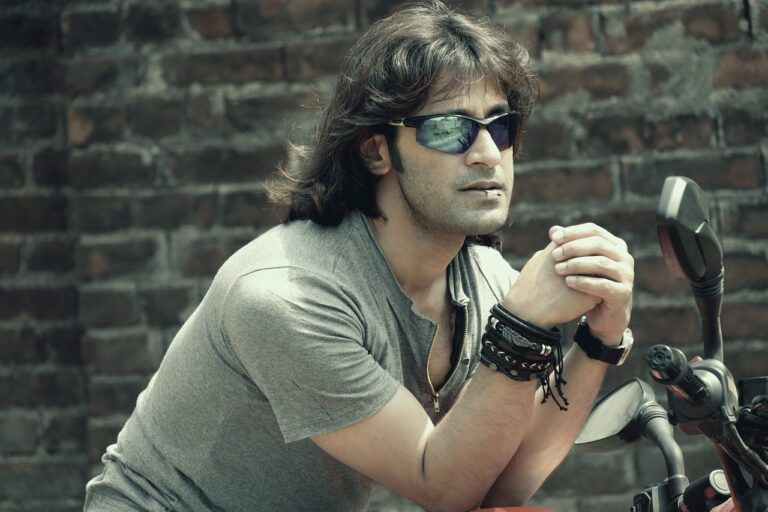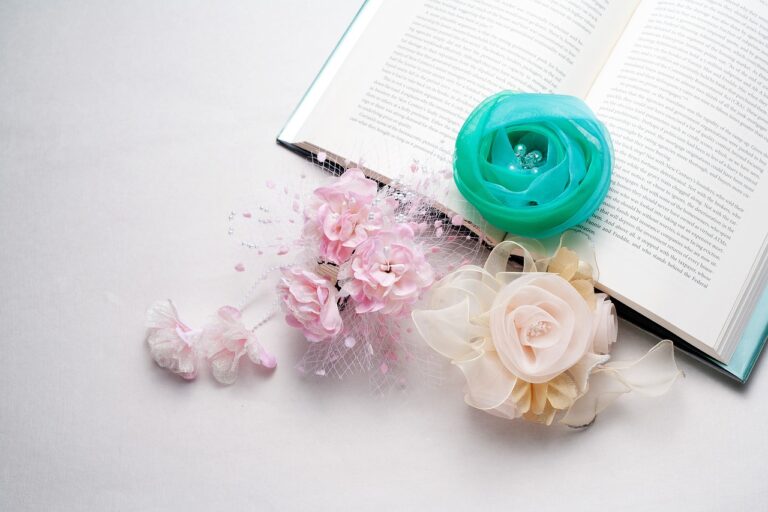Exploring Fashion Subcultures: From Goth to Preppy, Understanding Different Style Tribes
The Goth subculture is characterized by its dark and edgy aesthetic, often incorporating elements of Victorian, punk, and medieval fashion. Members of this subculture typically favor black clothing, heavy eyeliner, and dramatic hairstyles. Accessories such as chokers, fishnet stockings, and combat boots are also commonly worn to complete the look.
Goth fashion is more than just a style choice; it is a way for individuals to express their identity and embrace their love for the macabre and mysterious. This subculture often draws inspiration from gothic literature, music, and art, creating a sense of community among like-minded individuals who share a fascination with the darker side of culture. In recent years, Goth fashion has evolved to encompass a wider range of styles and influences, demonstrating its enduring appeal in the world of fashion subcultures.
• The Goth subculture has a rich history dating back to the 1980s, with bands like Bauhaus and Siouxsie and the Banshees influencing its distinctive style.
• Gothic fashion often includes elements of romanticism, rebellion, and individuality, allowing individuals to express themselves in a unique way.
• Many Goths also incorporate DIY elements into their outfits, such as customizing clothing with patches or studs to add a personal touch.
• While black is the predominant color in Goth fashion, some individuals choose to incorporate other dark colors like deep red or purple for added depth and variety.
Fashion Subcultures: Punk
Punk fashion is characterized by its rebellious and anti-establishment aesthetics. The style often features ripped clothing, band t-shirts, leather jackets, and combat boots. Hair in wild colors or shaved styles is also common among punks, reflecting their nonconformist attitude.
Accessories play a crucial role in punk fashion, with items like studded belts, spiked bracelets, and safety pins being popular choices. The DIY mentality is prevalent in punk culture, where individuals often customize their clothing with patches, pins, and slogans to make bold statements against mainstream fashion norms.
Fashion Subcultures: Hipster
Hipsters are often associated with their unique and individualistic fashion choices that blend vintage and modern elements. This subculture typically embraces thrifted clothing, quirky accessories, and a nonchalant attitude towards mainstream trends. The hipster style is characterized by a mix of retro pieces, oversized glasses, flannel shirts, skinny jeans, and statement accessories that create an effortlessly cool aesthetic.
In addition to their fashion sense, hipsters are known for their love of independent and alternative music, art, and literature. They often seek out niche interests and support local businesses, reflecting a desire to break away from mainstream culture. The hipster subculture values authenticity, creativity, and self-expression, leading many to see fashion as a form of art and a way to convey their unique identity.
What defines the Hipster fashion subculture?
The Hipster fashion subculture is defined by its emphasis on non-mainstream, vintage, or alternative fashion choices.
What are some common fashion elements seen in the Hipster subculture?
Common fashion elements in the Hipster subculture include thrifted and vintage clothing, oversized glasses, flannel shirts, beanies, and quirky accessories.
Are there specific brands associated with the Hipster subculture?
While there are no specific brands associated with the Hipster subculture, many hipsters gravitate towards independent or ethical brands that align with their values.
Is the Hipster subculture still relevant today?
The Hipster subculture has evolved over the years, but elements of hipster fashion and style can still be seen in mainstream culture today.
How can someone incorporate elements of the Hipster subculture into their own personal style?
To incorporate elements of the Hipster subculture into your own style, try mixing vintage pieces with modern basics, experimenting with layering, and adding unique accessories to your outfits.



